
Preparing for an emergency evacuation can be tough, especially when considering how much water you need to stay hydrated. A backpack of emergency supplies is a hindrance and a lifeline. The weight of a pack can slow us down and sap precious energy. However, the positives outweigh the negatives. It allows us to be independent, mobile, and not spend all our time trying to find food and water. Without water, there is no survival. As we have learned from hurricane Katrina, immediate assistance cannot be counted on from local authorities. Therefore, it is pertinent to know how much water you need on a consistent basis and how to carry 72hrs of water.
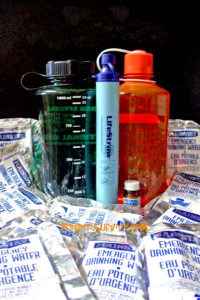
FEMA suggests drinking a half gallon of water per day (64 oz). That’s the equivalent of two large water bottles. Hiker and emergency water bottles measure every 4 oz. so its easy to regulate how much to drink and ration water if needed.
If water is alarmingly scarce, the US Coast Guard suggests drinking two 4.225 oz Emergency Water Pouches per day per person (picture below). That’s a little over 25 oz over three days.
How to carry 72hrs of water
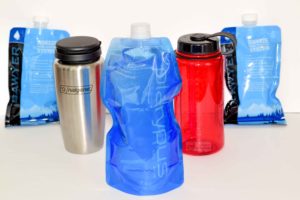
The secret to how to carry 72hrs of water is knowing how much you need to survive, discovering how much you can comfortably carry, and having the right water bottles to carry your drinking water. I know that the Coast Guard believes I can survive for a few days on 9 ounces of water per day. This amount would be extremely uncomfortable but it’s helpful to know that one water bottle could get me through three days. After many hikes, I know the max water weight I can comfortably carry is two 32 oz water bottles plus a survival strawfilter. This allows me to ration more than double the bare minimin plus collect and filter more water if I come across it. There are several factors to consider when you’re packing water in a bug out bag. It’s important to consider weight, bulk, durability, and versatility when choosing a water bottle.
- Weight is an important factor to consider because water is most often the heaviest item in a bug out bag. Depending on how good a shape you’re in, your backpack should weigh no more than 15% of your body weight. So take your bug out bag on a lengthy hike and see what you can handle. Below are pictures illustrating the differences in weight for 64 oz of water in bottles vs 64 oz of water in pouches. Even though the water bottles weigh a little bit more, I still prefer carrying water in the water bottles instead of the pouches. The water is cheaper and it tastes better.
- Bulk can be a big obstacle. Two water bottles take up a lot of space in a backpack leaving little room for other essential items. If space is an issue then try a collapsible water bottle, soft water bottle, or water pouches. They are a little taller and less wide than a water bottle making them easier to fit in compact spaces. Unlike regular water bottles, when empty, it’s flat and can fold up very small.
- Though the water pouches are quite light and collapsible, the trade-off is they’re not as durable as water bottles and if it’s punctured it becomes useless. Water bottles have also been known to crack or break if dropped and full of water. This is another reason why it’s smart to pack two water bottles.
- Versatility is also an important factor. A metal water bottle can be used to boil water. With this option, water can be sterilized, tea can be made, and it can be a great source of warmth to add to a bedroll at night. If you carry an emergency strawfilter, you should carrying a wide mouth water bottle or a water bottle that fits the strawfilter so you won’t have to drink directly from the water source.
All in all, you’ll know which option is best for how to carry 72hrs of water for you and your family.
Related article: Bug Out Bag Checklist
Thanks for visiting Preppers Survive. Before you leave subscribe to our newsletter. If you enjoyed this article, please share it on your favorite social media.
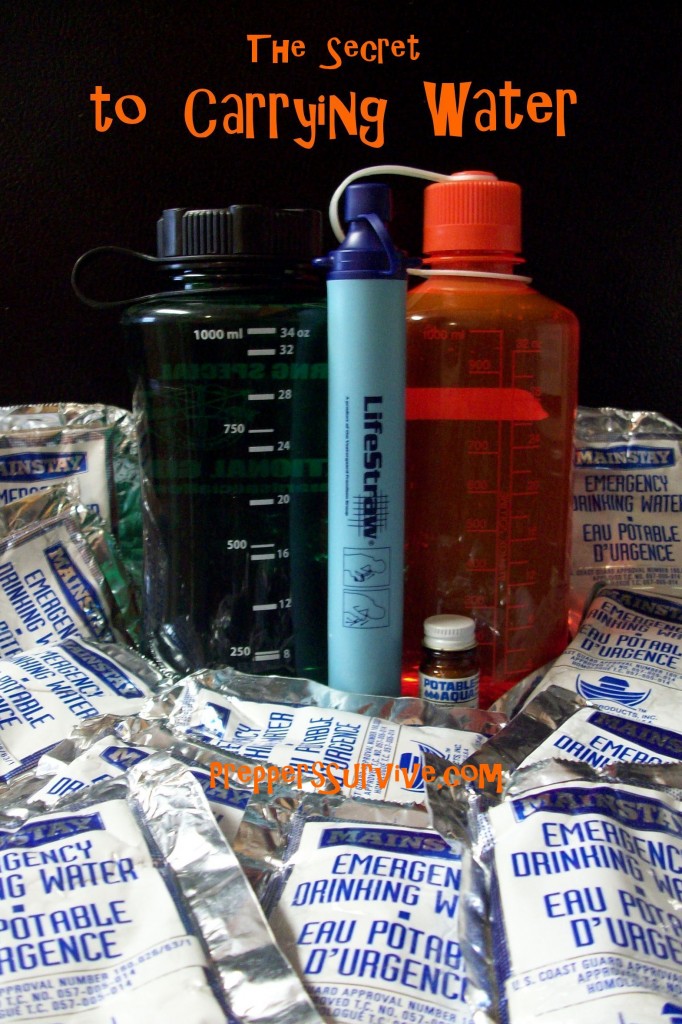
Originally posted Jan 27, 2015



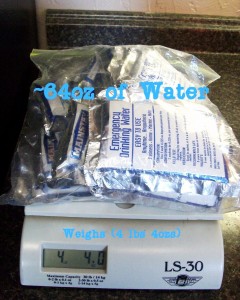
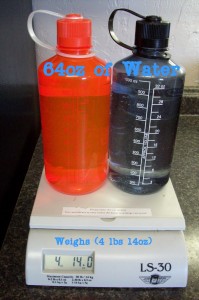
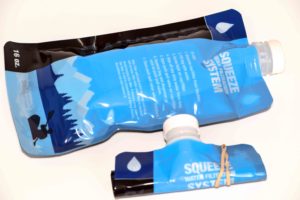
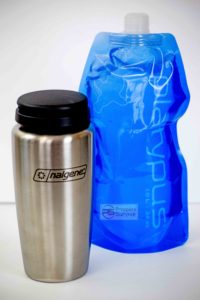

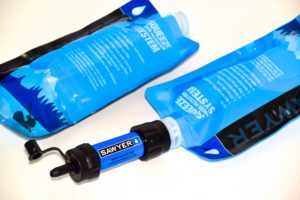
Great article – thanks for the useful info! Still seems difficult to decide what is best, but I guess for a strongish guy like myself, weight isn’t quite as much of an issue.
Do you find it helpful to test yourself to see how much water you actually need? Like, do a three day “trial”?
I agree it can be difficult to decide so practice-runs do help. I change out different water carrying options depending on the terrain and season.
You included some things that I haven’t thought of before. A metal one you can put hot water in, unlike a plastic one. It can keep you warm in a sleeping bag. A thermos can be for making instant hot cereal or soup for nourishment. Good article.